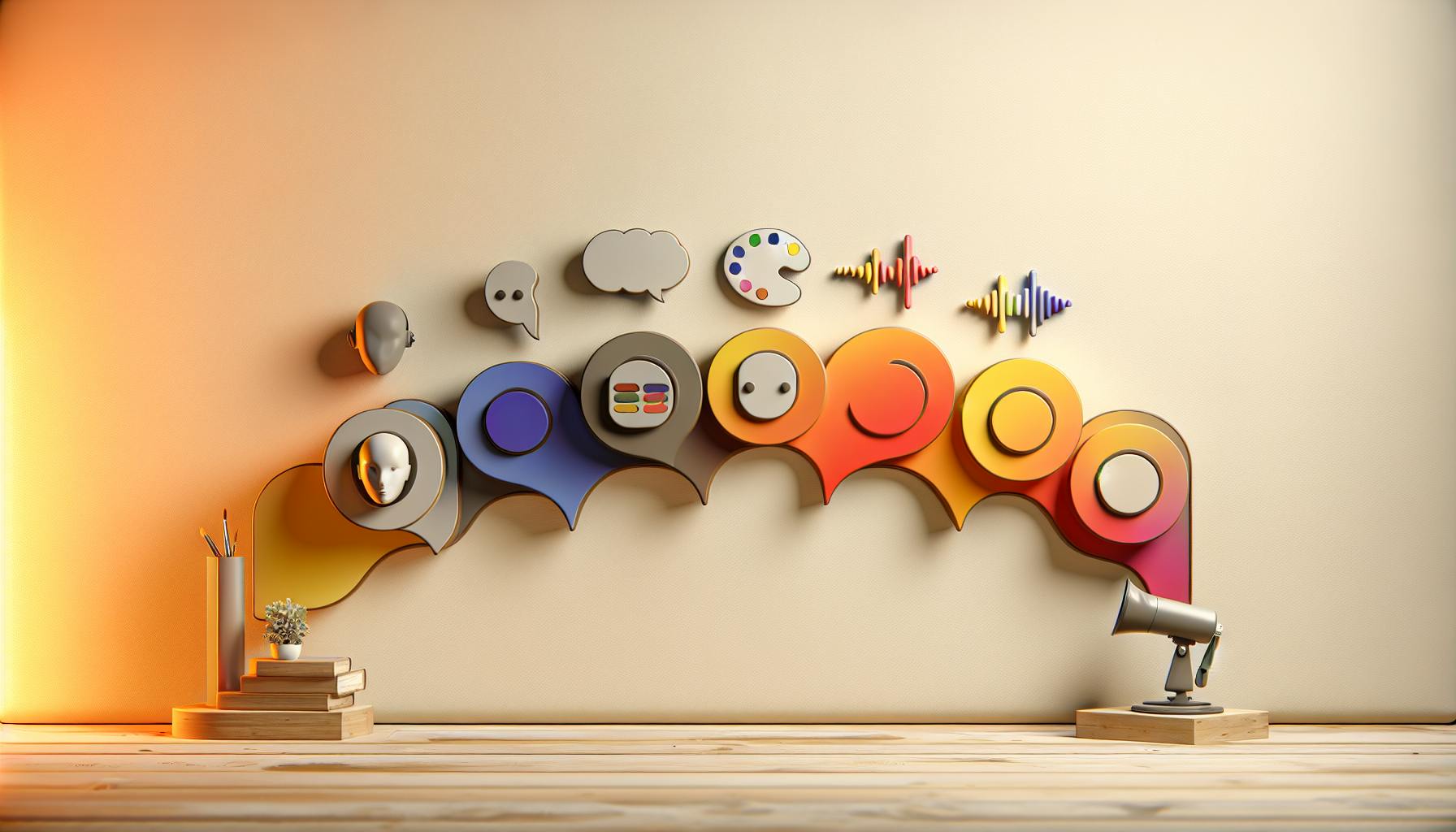Introduction: Optimizing Content Creation with ChatGPT
ChatGPT is an AI chatbot developed by Anthropic that can generate human-like text on a wide range of topics. With its advanced natural language processing capabilities, ChatGPT can be a powerful tool to optimize various content creation workflows.
The key benefits of using ChatGPT for content creation include:
- Generating initial drafts quickly
- Providing new ideas and angles
- Improving workflow efficiency
- Catching grammar, spelling, and style errors
- Translating or localizing content
While ChatGPT can provide substantial value, it still requires guidance and editing by humans to produce high-quality final content. The goal of this post is to explore top use cases with examples of how to use prompts and workflows to leverage ChatGPT as an AI assistant for better content production. Let's dive in!
Writing Aide Use Cases
Some of the most popular applications of ChatGPT are as a writing aide for producing drafts and ideation during content creation.
Blog Post Writing
ChatGPT is great for getting inspiration and an initial foundation when drafting blog content. After providing some context about your site, niche, target audience, etc., you can give prompts like:
"Write a 500 word draft blog post about use cases for ChatGPT, aimed at a tech-savvy audience interested in AI assistants. Include an intro, 3 main sections, and a conclusion. Use subheadings and bullet points. Focus on providing a variety of real-world examples and actionable insights."
Review any drafts critically, refine the content and structure, do fact checks, and optimize before publishing. You can also generate multiple angles by tweaking the prompt. Overall, ChatGPT can accelerate brainstorming and creation of raw material to work from.
Social Media Content
ChatGPT can provide quick initial draft options for social media captions, posts, and ad copy. Tailor prompts for different platform styles and voices. For example:
"Write a snappy 150 character Twitter post about ChatGPT use cases, written in a casual tone with emojis and hashtags."
You can then review options, pick the best draft, and polish it into an eye-catching, on-brand social post. Always optimize for brevity and impact.
Marketing Copy
For marketing emails, landing pages, and ad creatives, give ChatGPT your brand voice guidelines and prompt examples like:
"Write a 300 word first draft for a promotional email about ChatGPT use cases. Use an enthusiastic, conversational tone and include a call to action at the end."
Take the best draft and refine it further to create compelling, on-brand copy that converts. Avoid fully automating without human oversight.
Research Summaries
Prompt ChatGPT to digest papers, articles, or studies and summarize key facts and implications. For example:
"Summarize the key points and conclusions of the 2022 research paper 'Anthropic: Improving Social Media Conversation Quality at Scale' by Daniela Amodei et al. in 250 words or less."
Review summaries for accuracy and customize prompts to get different lengths and styles. This can accelerate research and analysis.
Comparison to Other AI Writing Tools
ChatGPT has some distinct advantages over other AI writing assistants like Claude and Jasper. For example, while Claude excels at mimicking a brand's voice, ChatGPT generates more natural sounding and creative prose. Jasper offers great SEO optimizations but weaker creative writing skills. When drafting content, test prompts with multiple tools to compare outputs and combine strengths.
Editor and Proofreader Use Cases
In addition to drafting content, ChatGPT can also improve existing written material as an AI editor or proofreader.
Style and Tone Optimization
Have ChatGPT suggest rewrites to better match your desired brand voice and style guidelines:
"Rewrite this draft blog post to use an upbeat, casual tone and vocabulary appropriate for our youthful target audience."
Carefully review changes to avoid losing your unique flair. Don't over-optimize at the expense of personality.
Grammar and Spelling Check
Catch typos, homophones, grammar issues like subject-verb disagreement, etc. Prompt examples:
"Identify and correct any spelling, grammar, or punctuation errors in this draft 150 word tweet."
However, always double check industry terms and confirm automatic corrections before publishing.
Readability and Clarity Refinement
Ask ChatGPT to improve clarity or simplify complex sections:
"Rewrite this research summary excerpt to enhance readability and ensure concepts are explained clearly for a mainstream consumer audience."
Evaluate suggested rewrites critically to avoid over-simplification and preserve nuanced technical details where appropriate.
Additional Use Cases and Examples
ChatGPT can provide niche assistance for translation, citations, SEO checks, and more:
Translation and Localization
Roughly translate drafts to reach broader audiences:
"Translate this 300 word blog post draft from English into conversational Spanish for a Latin American audience."
But confirm accuracy with native speakers before publishing translations.
Citations and Sources
"Generate a properly formatted APA citation for the research paper 'Language Models are General Purpose Tools' by Anthropic Research."
ChatGPT can quickly create citations in any style guide. Always double check their accuracy.
SEO and Readability Checks
"Analyze this blog post draft and suggest improvements to make the content more SEO and reader friendly."
Assess recommendations objectively - don't sacrifice quality for optimization.
Content Ideation
"Provide 10 original headline and topic ideas for blog posts about ChatGPT use cases, aimed at marketers."
Leverage ChatGPT to quickly brainstorm unique angles and headlines to choose from.
Conclusion and Key Takeaways
In summary, ChatGPT can augment human creativity and workflows as an AI writing assistant. The top use cases covered include drafting content, proofreading, translating, and more. However, human guidance is still essential for producing high-quality final content. Avoid over-reliance on AI to fully automate creative work.
When collaborating with ChatGPT on content projects, provide very specific prompts with details on tone, audience, intent, and structure. Review all outputs critically before publishing. Compare ChatGPT to other AI tools like Claude and Jasper to combine strengths. With the right human-AI collaboration, ChatGPT provides an immensely powerful tool to enhance productivity and open new possibilities for content creation.


